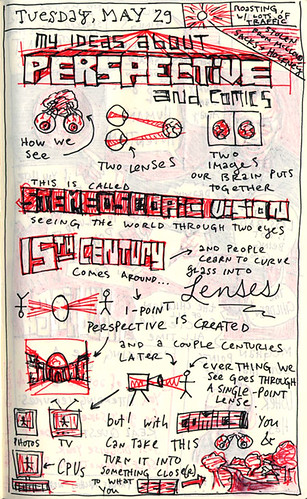“To reclaim…control over one’s food, to take it back from industry and science, is no small thing: indeed, in our time cooking from scratch and growing any of your own food qualify as subversive acts.”—Michael Pollan, In Defense of Food
This was an fantastic book that deserves a better map. Oh well.
Earlier today my friend Tim asked, “What is your most naïve question?”
Mine was, “Why do we live like this?” Which, of course, is also a way of asking, “How should we live?”
I loved this book because Michael Pollan answers my question in terms of food: “Why do we eat like this?” and “How should we eat?”
The answer to the latter: “Eat food. Not too much. Mostly plants.”
In a lot of ways, this book reminds me of Lewis Hyde’s The Gift. In an age where food has become nothing but a commodity, something packaged and sold, it’s time to treat it like a gift. “Shake the hand of the one who feeds you,” as Pollan says.
Speaking of great writing about food, I’d like to wish Maureen McHugh a happy birthday! Check out her blog and contributions to Eat Our Brains for some exquisite culinary lit.











